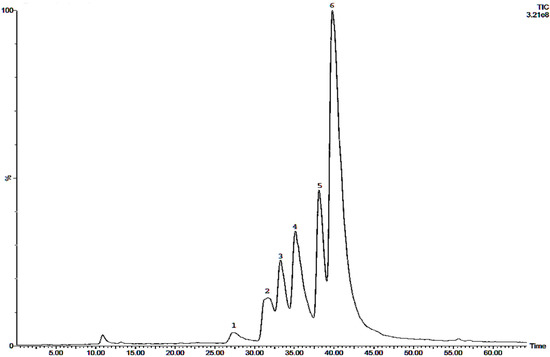Molecules 2016, 21(9), 1161; doi:10.3390/molecules21091161
1
Institute
of Pharmacy and Molecular Biotechnology, Department of Biology,
Ruprecht Karls University Heidelberg, Heidelberg 69120, Germany
2
Centre
for Pharmacognosy and Phytotherapy, The School of Pharmacy, University
of London, 29-39 Brunswick Square, London WC1N 1AX, UK
*
Author to whom correspondence should be addressed.
Academic Editor: Luigia Trabace
Received: 10 August 2016 / Revised: 24 August 2016 / Accepted: 27 August 2016 / Published: 31 August 2016
(This article belongs to the Special Issue Potential Neuromodulatory Profile of Phytocompounds in Brain Disorders)
Abstract
Inhibition of acetylcholinesterase (AChE) is a common treatment for early stages of the most general form of dementia, Alzheimer’s Disease (AD). In this study, methanol, dichloromethane and aqueous crude extracts from 80 Traditional Chinese Medical (TCM) plants were tested for their in vitro anti-acetylcholinesterase activity based on Ellman’s colorimetric assay. All three extracts of Berberis bealei (formerly Mahonia bealei), Coptis chinensis and Phellodendron chinense, which contain numerous isoquinoline alkaloids, substantially inhibited AChE. The methanol and aqueous extracts of Coptis chinensis showed IC50 values of 0.031 µg/mL and 2.5 µg/mL, therefore having an up to 100-fold stronger AChE inhibitory activity than the already known AChE inhibitor galantamine (IC50 = 4.33 µg/mL). Combinations of individual alkaloids berberine, coptisine and palmatine resulted in a synergistic enhancement of ACh inhibition. Therefore, the mode of AChE inhibition of crude extracts of Coptis chinensis, Berberis bealei and Phellodendron chinense is probably due to of this synergism of isoquinoline alkaloids. All extracts were also tested for their cytotoxicity in COS7 cells and none of the most active extracts was cytotoxic at the concentrations which inhibit AChE. Based on these results it can be stated that some TCM plants inhibit AChE via synergistic interaction of their secondary metabolites. The possibility to isolate pure lead compounds from the crude extracts or to administer these as nutraceuticals or as cheap alternative to drugs in third world countries make TCM plants a versatile source of natural inhibitors of AChE.
Keywords:
acetylcholinesterase; acetylcholinesterase inhibitor; isoquinoline alkaloids; berberine; coptisine; palmatine; Alzheimer’s; Coptis; natural products; Traditional Chinese Medicine
▼
Figures
This is an open access article distributed under the Creative Commons Attribution License (CC BY 4.0).
 Share & Cite This Article
Share & Cite This Article
MDPI and ACS Style
Kaufmann, D.; Kaur Dogra, A.;
Tahrani, A.; Herrmann, F.;
Wink, M. Extracts from Traditional Chinese Medicinal Plants
Inhibit Acetylcholinesterase, a Known Alzheimer’s Disease Target. Molecules 2016, 21, 1161.
Show more citation formats
